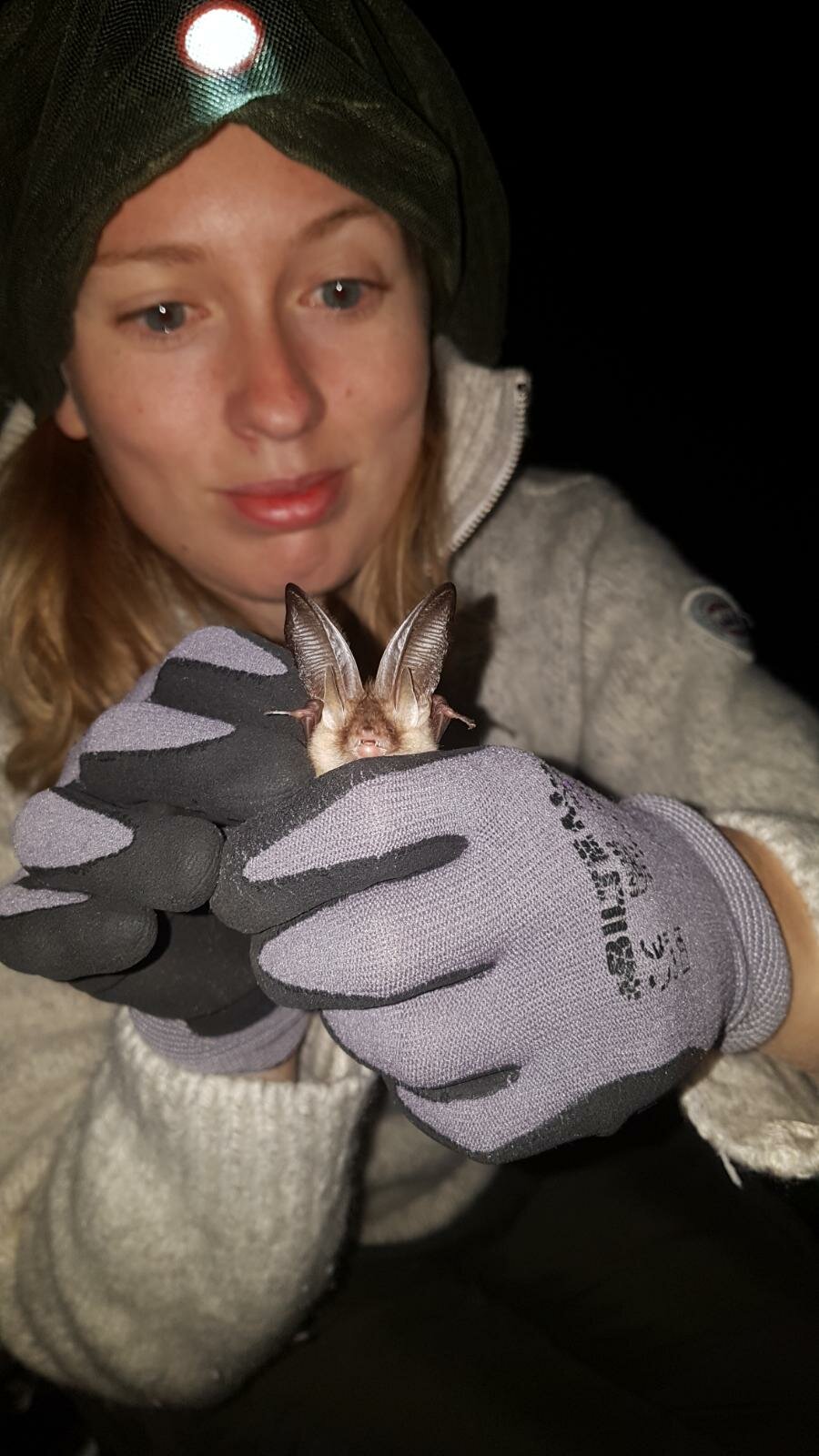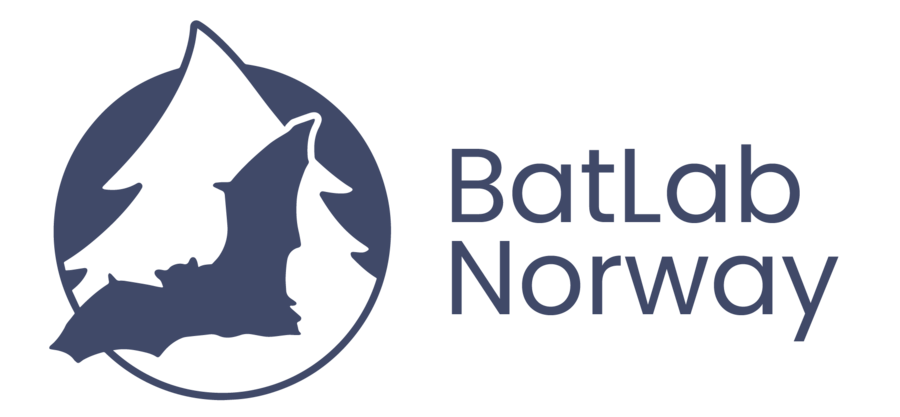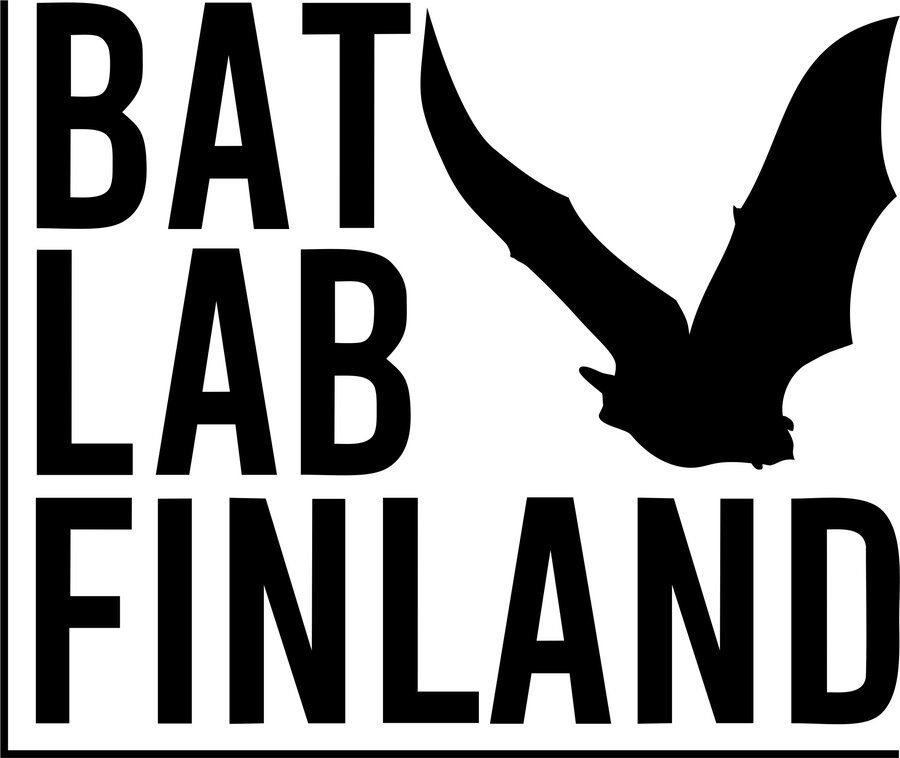NMBU’s researchers will use novel methods to examine how climate change impacts Nordic bat populations across seasons and latitudes, with the goal of informing future conservation strategies.
The Norwegian University of Life Sciences (NMBU) has received funding for a new project that will expand our understanding on how climate change affects bat populations across seasons and latitudes. The researchers will examine how survival and reproduction of Nordic bats can be impacted by changing environmental conditions.
“Despite the fact that bats belong to the second largest mammalian order in the world, we know relatively little about how individuals and populations are affected by climate change,” postdoctoral candidate Mari Fjelldal says.

Species worldwide have adjusted their behaviours and migration patterns in response to climate change, and globally we see a surge in biodiversity loss.
“Bats have low reproductive rates and high energetic demands. Scientists believe they are particularly sensitive to climate change,” she explains.
“But in order to suggest conservation strategies, we need to know which traits that makes a bat species more vulnerable, and which seasons that are most challenging for them to overcome across latitudes.”
Summers are warm and nice compared to the cold and harsh winters, but in return they mean shorter and lighter summer nights further north.
“This is great for sunlight-loving creatures such as ourselves but can be a true challenge for nocturnal animals like bats.”
Identifying seasonal bottlenecks
The new project’s title is “Vulnerability of Nordic bat species to climate change: identifying seasonal bottlenecks across latitudes (NordBats)”.
The main objectives are:
- To identify the mechanisms behind behavioural, physiological, or phenological responses to climate change in Nordic bats across latitudes.
- To identify potential seasonal bottlenecks and the traits that cause them, given the seasonal energetic dilemmas Nordic bats face.
The project will run for three years. During its course Fjelldal will provide much-needed knowledge to guide conservation efforts together with scientists from Norway and Finland.
One year in a bat life
Fjelldal is going to model the full annual cycle for different bat species along a latitudinal gradient and investigate different climate scenarios. The modelling method will modernise the quantification of climate change impacts on wildlife, providing crucial insights into the factors contributing to the vulnerability of bats to future climate scenarios in Fennoscandia.
She will use state-dependent optimisation models to understand and predict the impacts of climate change. This modelling approach enables the exploration of the interactions between ecology, physiology and strategic behaviour of an individual, and how these interactions are affected by changes to the environment.
The predictions generated by NordBats will be used to inform conservation mitigation strategies in line with UNEP/Eurobats Resolution 8.7 on Bats and Climate Change.
About the project:
NordBats is a collaborative project between the BatLab Finland at the University of Helsinki and two research groups at NMBU: BatLab Norway and the Applied Quantitative Ecology Group (AQEG). Both institutions are pioneers in bat research and conservation, providing a robust platform for knowledge exchange and the transfer of research outputs into applied wildlife ecology.
Project title: Vulnerability of Nordic bat species to climate change: identifying seasonal bottlenecks across latitudes
Duration: 2024-2027
Budget: 4,8 MNOK
Funding: The Research Council of Norway (NFR)
Program: FRIPRO
Coordinator: NMBU
Partners: University of Helsinki
Research groups at NMBU: BatLab Norway, AQEG
Related projects:
- Impacts of wind turbines on nocturnal flying wildlife
- Migratory bat activity in coastal Southwest Norway
UN Sustainable Development Goal(s): 15 – Life on land


